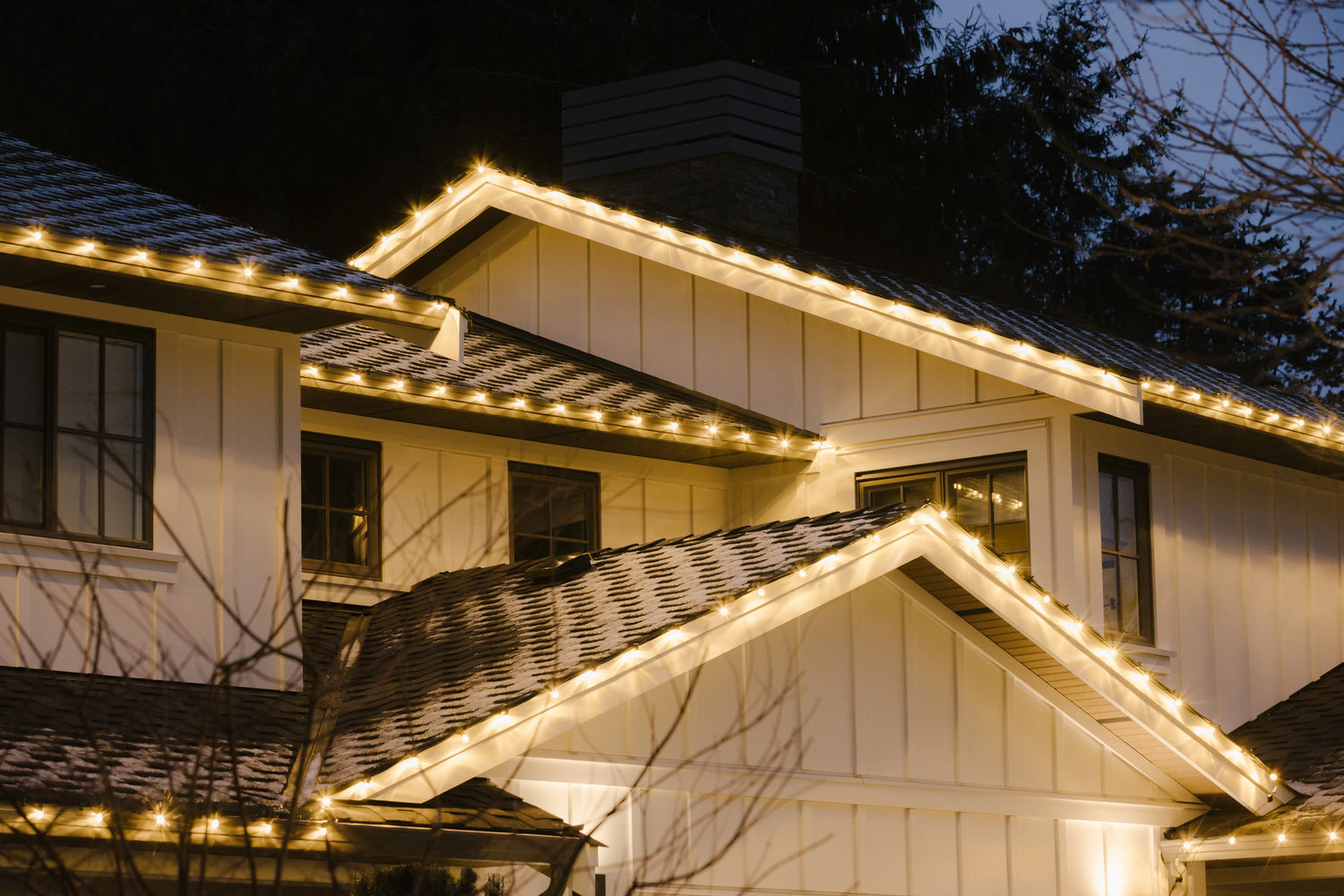It’s no secret that our modern world is dominated by artificial light. Since Thomas Edison’s invention of the viable light bulb and associated electrical system, we have been revelling in our manufactured extended daylight hours. Now, artificial light surrounds us; computer screens, moving billboards, streetlamps, and yes, even Christmas lights during the holiday season.
But how is this light affecting us, and our wild neighbours? You have probably heard of light pollution, which can be defined as the excessive or unnecessary use of artificial light at night. It’s what contributes to the glow over a city’s landscape, preventing you from being able to see the stars in the sky. Scientific evidence points to it having a negative effect on insects, plants, birds, and other animals (lest we forget, humans are animals too)! It disrupts the natural circadian rhythm of the earth, leading to confusion for both diurnal (active during the daytime) and nocturnal (active at night) species. Birds that use the moon and the stars for navigation at night can be thrown off course, and we’ve all seen a moth do its frantic dance around an outdoor light source, circling and circling until it eventually dies of exhaustion.
So, what about Christmas lights? Beyond the effects of the artificial lighting, deer are known to become entangled in lights when venturing too close to trees filled with decor, and squirrels are every homeowner's worst enemy over the holidays as they chew through the soy-coated wires.

Despite all of the downsides to artificial lights, there is much to celebrate about them. Their invention has provided us with usable light during the darkest hours of the year. And it’s no secret that Christmas lights have brought joy to many people over the cold winter months since their creation.
First introduced to adorn Christmas trees in replacement of more dangerous candles, Christmas lights were invented in the late 1800s and more popularized in the early 20th century. In the 1960s, it became a trend for homeowners to adorn their rooflines and outdoor landscaping. Fast forward to today, and it’s quite difficult to find a neighbourhood in North America without at least a few houses lit up for the holidays. And let's not forget the fabulous lighting festivals and municipal light-ups that families flock to every season for a little bit of sparkle in the dark winter.
It is clear that there are both pros and cons to Christmas lights. Yes, they provide us with joy and warmth in the darkest season of the year, but they can also cause harm to our wild neighbours and ecosystems. So what are some steps we can take to reduce the negative impact of Christmas lights on wildlife?
1. Use a timer
There are countless timers on the market, including Bluetooth-controlled timers with an easily accessible app for your mobile device. Turning your lights off before bed will help the animals who need rest, and those that wander by the light of the moon!
2. Choose warm lighting

Yes, we love the icy blues and pure whites as much as you do, but warmer-toned lighting is more natural and less disturbing to the circadian rhythms of both humans and wildlife. Our warm white products are all max 3100 Kelvin, meaning they closely emulate sunlight, whereas our pure white is 8000 Kelvin.
3. Place roofline lighting downward, or under an overhang if possible
Not only will this help to prevent moisture build-up and corrosion in your lighting sockets, but downward-facing bulbs mean they aren’t projecting as much light into the night sky.
4. Keep lighting out of reach of wildlife
If you live in a place heavily populated with deer or other ungulates, Parks Canada recommends not installing string lights in trees below 10 feet off the ground. This will prevent entanglement issues for our antlered friends! If squirrels enjoy visiting your yard, you may want to consider using a natural deterrent over the holidays to keep them from chewing your lights and potentially digesting harmful material.
5. Shorten the length of time your lights are up
We all know the excitement and anticipation of putting up your Christmas lights! If you hold off until December 1st and remove your lights shortly after New Year's day, you’re reducing the effect of artificial light on the ecosystem around you.
6. Incorporate a dimmer
Modern LED lights are BRIGHT! If you can, incorporate a dimmer into your lighting display. All of our roofline bulbs (G30, C9, G20, C7) are dimmable. If you’re looking to ensure that your lights are dimmable, check to see that they use SMD LED technology. Older LED diodes are not dimmable.
The International Dark Sky Association - Light Pollution Effects on Wildlife and Ecosystems
Rocky Mountain Outlook - Parks Canada offers Christmas light guidelines to keep wildlife safe


